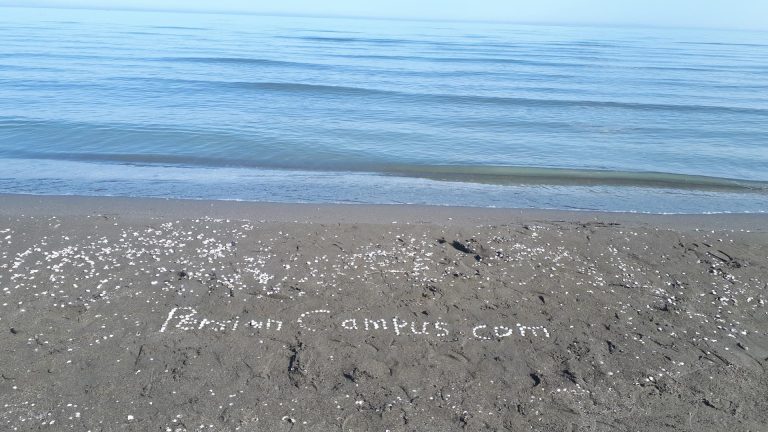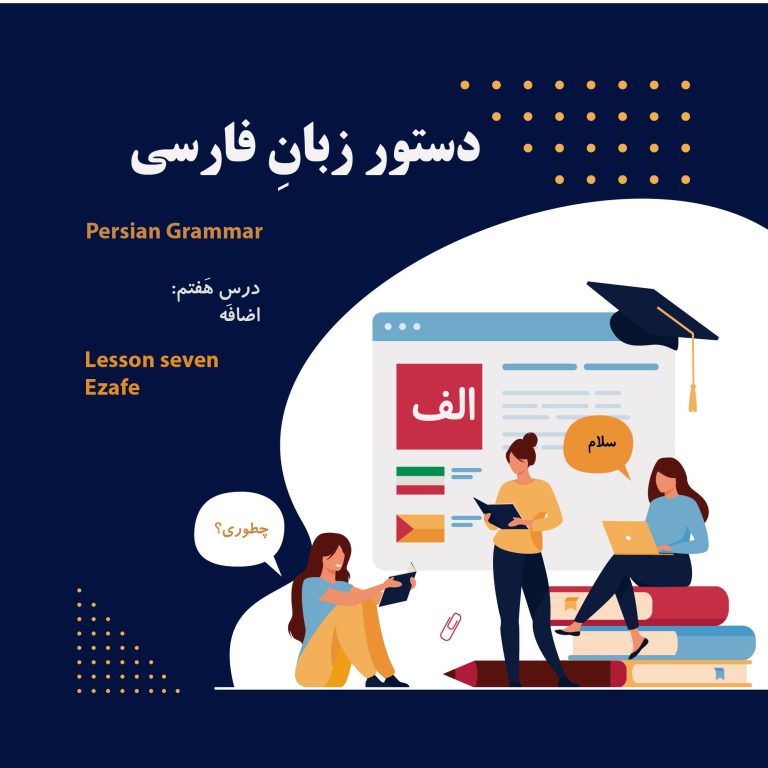In dictionaries and encyclopedias such as Britannica, Webster, or Longman, ‘conspiracy theories’ are attempts to explain the surrounding critical, undesirable, or unpleasant situations. According to these theories, there is a small group that controls the power of the whole world. They plan for our lives and determine our paths, our choices, and everything in advance. This group hides many things from us and does not allow us to find the truth. This is why when something happens, many people do not accept the official explanations that are published in the news and they look for things that governments do not disclose to the people. According to the proponents of conspiracy theories, these hidden things are the real causes of those undesirable and critical circumstances.
Why do people go for conspiracy theories and believe in them? What happens that makes people not accept formal reports and scientific evidence? Why do people look for another explanation that is usually mysterious?
In this podcast, we answer these and other questions about conspiracy theories.
Conspiracy theory is a term that refers to a belief or explanation that attributes a hidden or sinister motive or plan to a person, group, or event, often involving a powerful or secret enemy. These theories are usually based on weak or selective evidence, logical fallacies, distrust of authorities, or confirmation bias. Conspiracy theories can be harmful or dangerous when they incite hatred, violence, or discrimination against certain groups or individuals, or when they undermine rational and critical thinking.
Persian language is the official language of Iran, a country with a rich and diverse culture and history. Farsi (Persian) language has a long and influential literary tradition that spans over two millennia. Persian language is spoken by more than 100 million people in Iran and other countries in the region. Learning Persian language can help you discover the wonders of Iran and its people, as well as their beliefs, values, and customs.
Iran is a country in Western Asia that has been the center of many ancient civilizations, religions, and empires. The country has also experienced many political and social changes and challenges in the modern era, such as the constitutional revolution of 1906, the coup of 1953, the Islamic revolution of 1979, the Iran-Iraq war of 1980-1988, the reform movement of the 1990s, the Green movement of 2009, and the recent protests of 2017-2018. Iran is also known for its natural beauty, artistic achievements, scientific contributions, and cultural diversity.
Conspiracy theory and Iran have a complex and controversial relationship. Iranians are not alone in subscribing to conspiracy theories, but their allure is deeply rooted in Iran’s experience of foreign intervention, exploitation, and domination by Western powers, especially Britain and the United States. They have often felt betrayed, humiliated, or threatened by these powers and their allies in the region. Iranians have also faced internal divisions and conflicts among different political and religious factions that have competed for power and influence in Iran. These factors have contributed to a “paranoid style” in Iranian politics that is suspicious of external enemies and internal traitors who seek to undermine Iran’s sovereignty, identity, or values.
Some examples of conspiracy theories that have been popular or influential in Iran are:
• British plot to overthrow Reza Shah in 1941 and install his son Mohammad Reza Pahlavi as a puppet ruler who would serve British interests in Iran’s oil and geopolitics.
• CIA-British coup of 1953 that toppled the democratically elected prime minister Mohammad Mossadegh who had nationalized Iran’s oil industry and restored the Shah to power who would cooperate with Western interests in Iran’s oil and geopolitics.
• American-Israeli plot to overthrow the Shah in 1979 and install Ayatollah Khomeini as an agent who would create chaos and division in Iran and weaken its position in the region.
• British-American plot to incite unrest and violence in Iran after the disputed presidential election of 2009 and support the Green movement as a “velvet revolution” that would overthrow the Islamic Republic and replace it with a pro-Western regime.
• Zionist-Saudi plot to assassinate Iranian nuclear scientists and sabotage Iran’s nuclear program that aims to achieve peaceful energy and scientific development.
• American-British plot to spread COVID-19 as a biological weapon in Iran to weaken its economy, health system, and security.
These are just some of the many conspiracy theories that have circulated or promoted in Iran over time. They are not based on solid or credible evidence or logic. They are often contradicted by historical facts or documents. Conspiracy theories are often used by different groups or individuals to advance their own agendas or interests. They are often harmful or dangerous for Iran’s society and stability.
Learning Persian language can help you understand the context and background of these conspiracy theories and their appeal to some Iranians. It can also help you critically examine their claims and arguments and evaluate their validity and reliability. It can also help you communicate with Iranians who may believe or question these conspiracy theories and engage them in respectful dialogue.
To visit Iranian people and learn about their culture and nature follow THIS LINK.
To learn Persian grammar, here you can find lessons on Persian Grammar.
Are you interested in learning Persian with music, HERE is where you can find many slow Persian songs with their lyrics.
Practice Dubbing the characters in Persian series HERE.
Listen to famous speeches from Iranian political figures, and learn about their mindset and a little bit of history through their talk HERE


